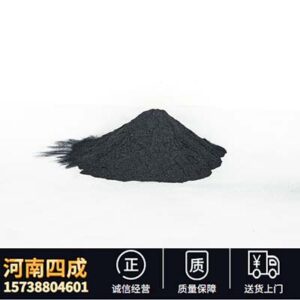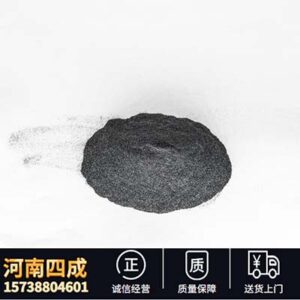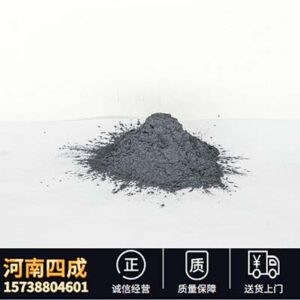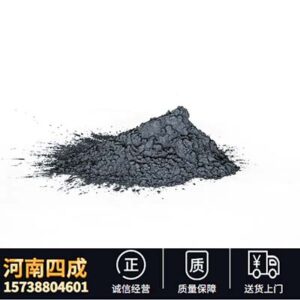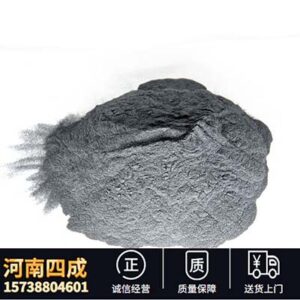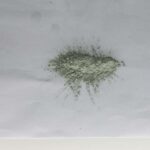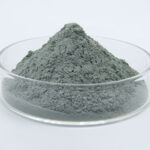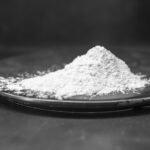Brown corundum and white corundum are two abrasives that customers often compare when purchasing. There are many similarities in their uses, but there are also many differences.
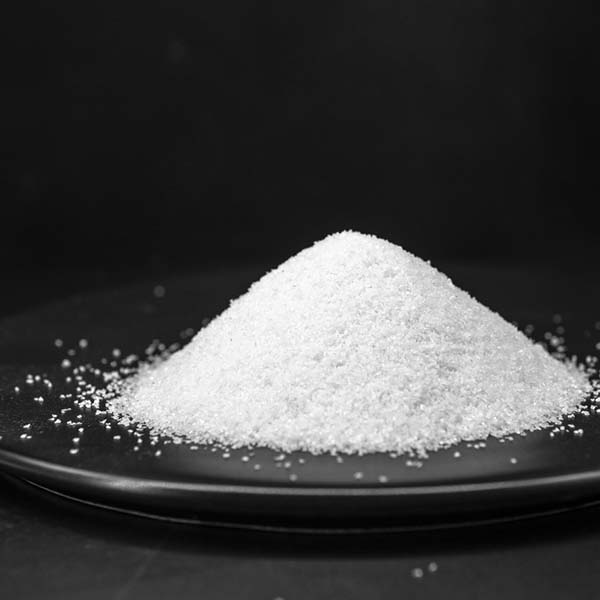
Today, I will briefly introduce the differences between brown corundum and white corundum from the aspects of the product itself, physical and chemical properties, and uses.
1. Brown corundum and White corundum Differences in the product itself:
Brown brown corundum is made of bauxite, anthracite, iron filings, and white white corundum is made from industrial alumina powder, which also makes the former lower in alumina than the latter.
The latter cost is high, and it is more affordable to buy the former if the requirements are not high. If you pay attention to the effect of use, buy the latter.
2. Differences between the physical and chemical properties of brown corundum and white corundum:
The hardness of white corundum is greater than that of brown corundum, and the grinding ability is better, and the latter is better than the former’s toughness, so hard materials such as alloys should be polished and grinded to choose the former, while glass, ceramics, this kind of brown corundum can be.
The same volume of white corundum is also lighter than brown corundum, because the former alumina content is relatively high, so other content such as titanium oxide, iron oxide These content is relatively low
3. Brown corundum and White corundum uses Differences in selection:
Both are roughly the same in use, can produce gauze, abrasives, cutting sheets, both can be used as abrasives and refractories, but there are also many differences in the choice of use.
For example, when we want to buy grinding and polishing, we first consider white corundum, and if we buy back to make floor aggregate or sandblasting, we choose brown corundum. In fact, in essence, both can be done, and there will be differences in the use of results.
